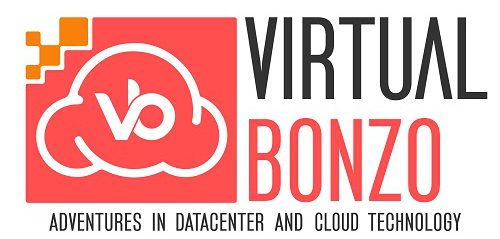Veeam announced this week that they have acquired N2WS Software, which adds to their portfolio a cloud native backup solution specifically for AWS. This acquisition should certainly help Veeam push into the forefront of capabilities in regards to AWS, if not hopefully also speed up the release of the eagerly anticipated v10 of Backup and Replication (B&R). In the meantime, there are still many customers and partners out there who are looking at the current cloud ecosystem for the right solution to store copies of backup data off-site. While Veeam doesn’t currently have a one-stop shop for public cloud built in to their B&R product just yet, there are still currently ways to achieve a public cloud footprint using Veeam.
The first and most obvious option is Restore to Microsoft Azure. Veeam has been a Microsoft partner for a very long time, and while their product has matured greatly over the last few years, their Microsoft partnership established very solid roots. Therefore it seems natural that Veeam would have Azure options baked into current versions of B&R. The restore to Azure option allows you to directly launch a restore of an on-prem VM over to Azure within the Veeam B&R console.

While this option doesn’t necessarily get your backup data offsite into Azure, it does give the ability to migrate production VMs directly into Azure. Certain Veeam Cloud Service Providers (VCSP) offer Veeam Cloud Connect using Azure services, which is one current option for getting backup data into the Azure cloud.
It was announced at VeeamOn 2017 that the next full release of Veeam B&R will contain some AWS options as well. Certainly the N2WS news should help solidify that commitment, but while there are not any current options direct from the Veeam console, there are still ways to utilize AWS as a public cloud resource in conjunction with Veeam. First, there is the option to configure a tape gateway (David already posted a great tutorial) within AWS and use a Veeam Virtual Tape Library (VTL) to store backup data on virtual tapes residing in S3 or Glacier storage. This involves deploying a virtual appliance on-prem and connecting the appliance via iSCSI to a Windows server. That Windows server can then be added into Veeam B&R as a Tape Server, and backup to tape jobs can be configured using the tape server as a “gateway” to AWS storage. While I cannot seem to find any official documentation from Veeam, it appears that the AWS Volume Gateway also works in this manner. This option is similar to the tape gateway, but uses a simple storage volume in AWS, thus eliminating the complexity of configuring tape backups in Veeam. An on-prem Windows server with iSCSI connectivity to the gateway appliance acts as the repository. We have successfully performed backup and backup copy jobs this way in a lab environment and will be testing restore capabilities as well.
Another option is to simply create a Windows EC2 instance in AWS, connect your on-prem environment to AWS using VPN and configure the EC2 instance as a Windows repository within Veeam. As long as you have network connectivity between on-prem and AWS, your on-prem Veeam B&R server would communicate with EC2 just like any other Windows server in your environment, and use an EBS volume attached to the instance as a way to store backup data in the cloud. This could work similarly using a Windows VM in Azure as well.
As you can see, there are a number of ways to use public cloud options with Veeam today. It takes a little bit of tweaking, but it is proven and can be a solid option if you want to use Veeam to store data in the cloud. There may even be a couple other options I missed, so feel free to share in the comments below. In the meantime, I’m sure there are many Veeam customers out there who are excited for the possibility of tighter integration with the large public cloud players in the near future. The ability to easily configure AWS, Azure, etc. as a direct offsite backup repository will definitely help push the Veeam 3-2-1 message even further.

One thought on “Veeam – Public Cloud Options”